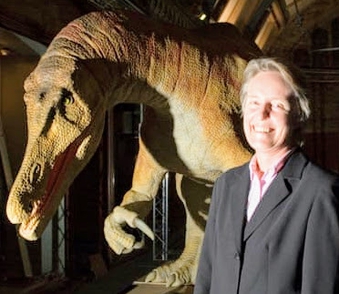In the realm of British paleontology, few discoveries have captured the public imagination quite like the unearthing of Baryonyx walkeri in 1983. Behind this momentous find stood Dr. Angela Milner, a pioneering female scientist whose contributions to dinosaur research permanently altered our understanding of prehistoric life. As the first female dinosaur hunter to lead major excavations in the UK, Milner’s career encompassed groundbreaking research, museum curation, and public science communication. Her work with Baryonyx, a previously unknown fish-eating dinosaur discovered in a Surrey clay pit, represented just one highlight in a remarkable career dedicated to unraveling the mysteries of the Mesozoic era.
Early Life and Academic Foundations
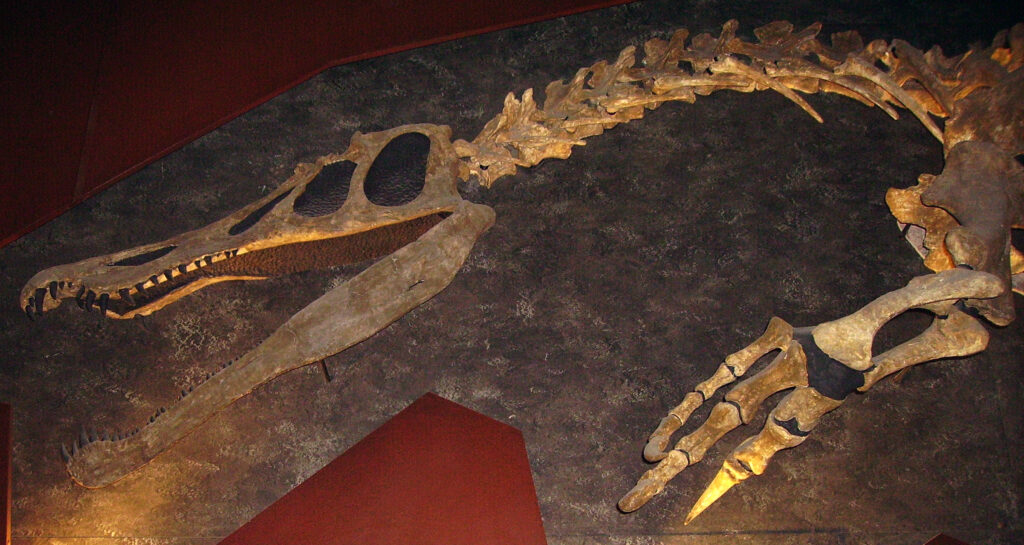
Angela Milner was born in 1947 in Worcestershire, England, where her childhood fascination with the natural world began among the rolling English countryside. Unlike many paleontologists who discovered their passion through dinosaur obsessions, Milner initially pursued broader zoological interests. She earned her undergraduate degree in zoology from the University of London, laying a critical foundation in comparative anatomy that would later prove invaluable. Her academic journey continued with a PhD focused on fossil amphibians, completed in 1975, showcasing her meticulous research approach. This educational background provided Milner with a unique perspective that combined modern anatomical understanding with paleontological techniques—an approach that would later distinguish her research methodology.
Breaking Into a Male-Dominated Field
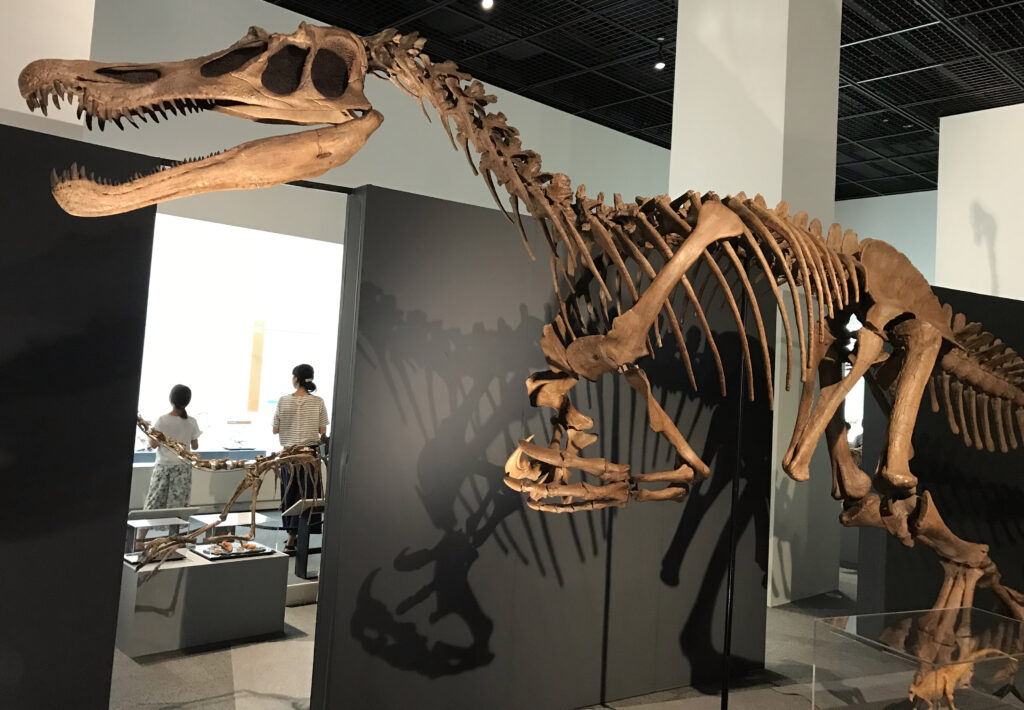
When Milner joined the Natural History Museum in London in 1976, paleontology remained overwhelmingly dominated by men. Female scientists in the field faced significant barriers, from limited field opportunities to skepticism about their physical capabilities for excavation work. Milner navigated these challenges with quiet determination, letting her scientific rigor and research output speak for themselves. Her appointment as Deputy Keeper of Palaeontology in 1990 represented a significant breakthrough in the institutional hierarchy. Throughout her career, Milner eschewed making her gender a focus, preferring instead to be recognized for her scientific contributions rather than as a token female scientist. Nevertheless, her success inspired subsequent generations of women to pursue careers in paleontology and museum science.
The Landmark Baryonyx Discovery
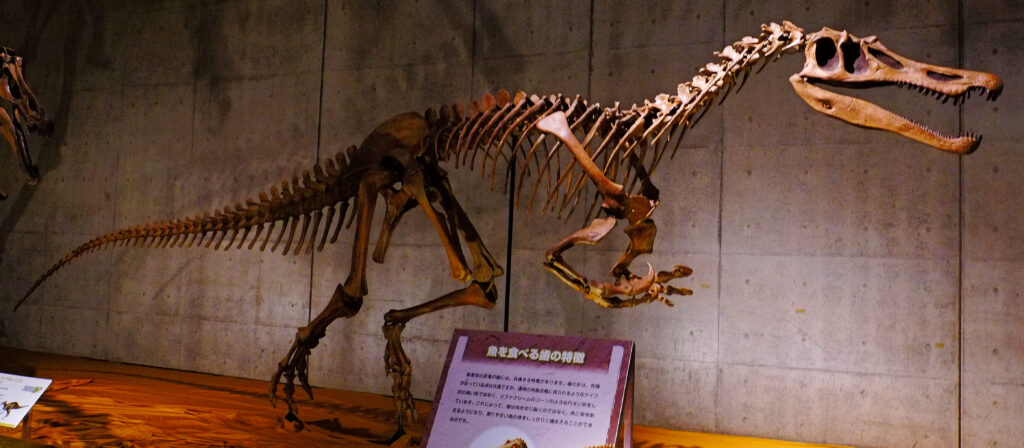
The story of Baryonyx began in January 1983 when amateur fossil hunter William Walker discovered an enormous claw in a Surrey clay pit. Recognizing the significance of the find, Walker contacted the Natural History Museum, where Milner led the response team. The subsequent excavation recovered approximately 70% of the skeleton—an extraordinary level of completeness for a dinosaur specimen in the UK. Milner’s leadership during the excavation demonstrated not only scientific precision but logistical expertise, coordinating a complex recovery operation in challenging conditions. The discovery represented the most complete theropod dinosaur ever found in the United Kingdom, instantly establishing itself as a national treasure. Milner’s involvement from extraction to analysis ensured the specimen received proper scientific treatment while recognizing its significance for public engagement.
Scientific Significance of Baryonyx
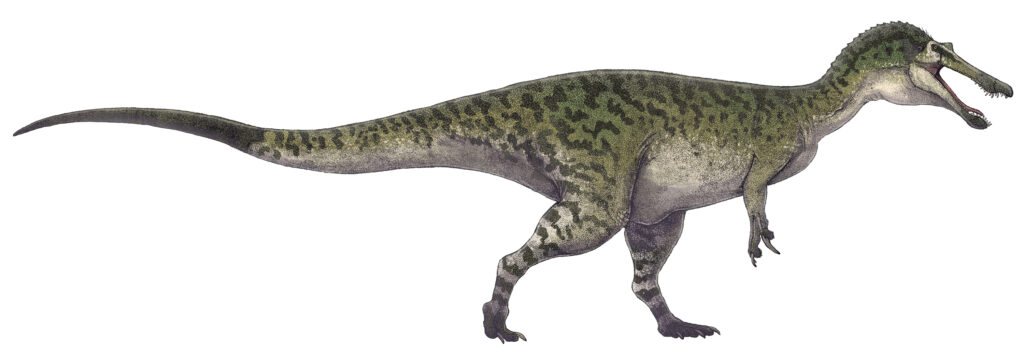
Baryonyx walkeri represented far more than just another dinosaur species—it fundamentally challenged existing understanding of theropod diversity. The creature’s most distinctive feature, a massive hooked claw on each hand measuring approximately 12 inches long, had no parallel among known European dinosaurs. Milner’s detailed analysis revealed a creature adapted for a semi-aquatic lifestyle, with a crocodile-like snout and conical teeth perfect for catching slippery prey. Fish scales found within the dinosaur’s ribcage provided direct evidence of its diet, confirming Milner’s hypothesis about its feeding habits. The discovery established the presence of spinosaurid dinosaurs in Europe, expanding their known geographic range beyond Africa. Through meticulous anatomical study, Milner demonstrated that Baryonyx represented an entirely new branch on the theropod family tree, forcing significant revisions to dinosaur evolutionary models.
Research Methodology and Innovations

Milner’s approach to studying Baryonyx exemplified her innovative research methodology, combining traditional paleontological techniques with emerging technologies. Rather than relying solely on comparative morphology, she pioneered the use of CT scanning to examine the internal structures of Baryonyx’s skull without damaging the specimen. Her analysis extended beyond bone structure to consider the creature’s ecology, muscle attachments, and probable behaviors, creating a comprehensive picture of the living animal. Milner collaborated with international experts in biomechanics to understand how Baryonyx’s unusual physical adaptations functioned in its environment. Her interdisciplinary approach integrated findings from geology, zoology, and paleontology to contextualize Baryonyx within its Early Cretaceous ecosystem. This holistic methodology set new standards for dinosaur research, moving beyond simple description toward deeper behavioral and ecological understanding.
Publication and Professional Recognition

The formal scientific description of Baryonyx walkeri appeared in the prestigious journal Nature in 1986, with Milner as lead author alongside her colleague Alan Charig. The publication generated immediate international attention within the scientific community, with particular interest from paleontologists studying theropod evolution. Milner’s work earned her numerous accolades, including the Palaeontological Association’s Lapworth Medal for significant contributions to paleontology. Her reputation for methodical research and careful analysis established her as one of Britain’s foremost dinosaur experts. Throughout her career, Milner published over 80 scientific papers, many focusing on theropod dinosaurs and their evolutionary relationships. Her continuing research on Baryonyx and related spinosaurids helped establish connections between dinosaur species found across different continents, contributing to our understanding of Mesozoic paleogeography.
Beyond Baryonyx: Milner’s Broader Scientific Contributions
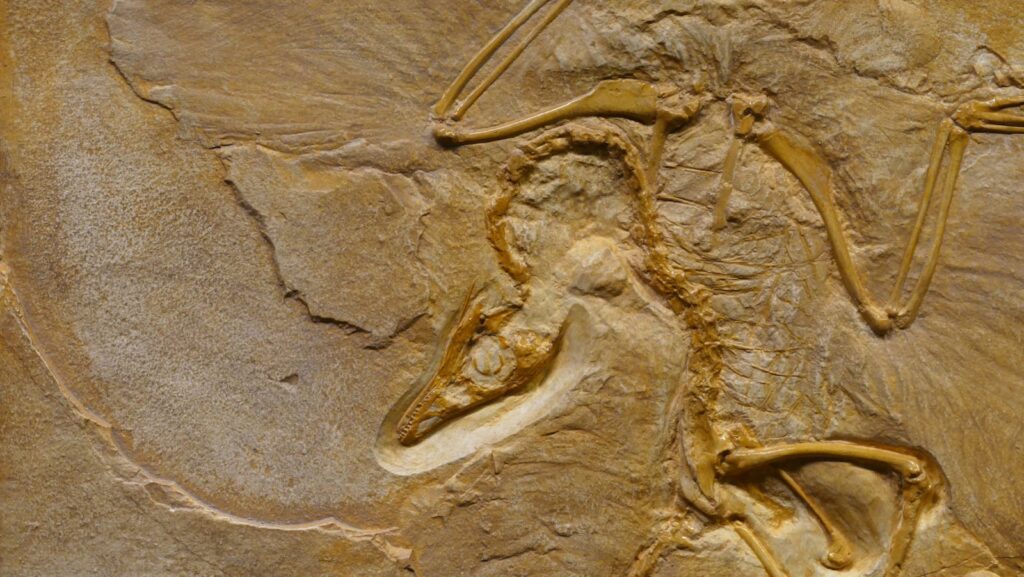
While Baryonyx represents Milner’s most famous discovery, her scientific contributions extended far beyond this single specimen. Her research on Archaeopteryx, the famous transitional fossil between dinosaurs and birds, provided crucial insights into the evolution of flight. Milner conducted pioneering studies on dinosaur neuroanatomy, using CT scanning to examine brain cavities and sensory capabilities of various species. Her work on small theropods helped establish the evolutionary connection between dinosaurs and modern birds, supporting one of paleontology’s most significant paradigm shifts. Milner also contributed substantially to understanding British dinosaur fauna, documenting and describing numerous specimens previously overlooked in museum collections. Her comprehensive approach to paleontology embraced the entire ecosystem of the Mesozoic, extending beyond dinosaurs to include pterosaurs and early mammals.
Curatorial Excellence at the Natural History Museum
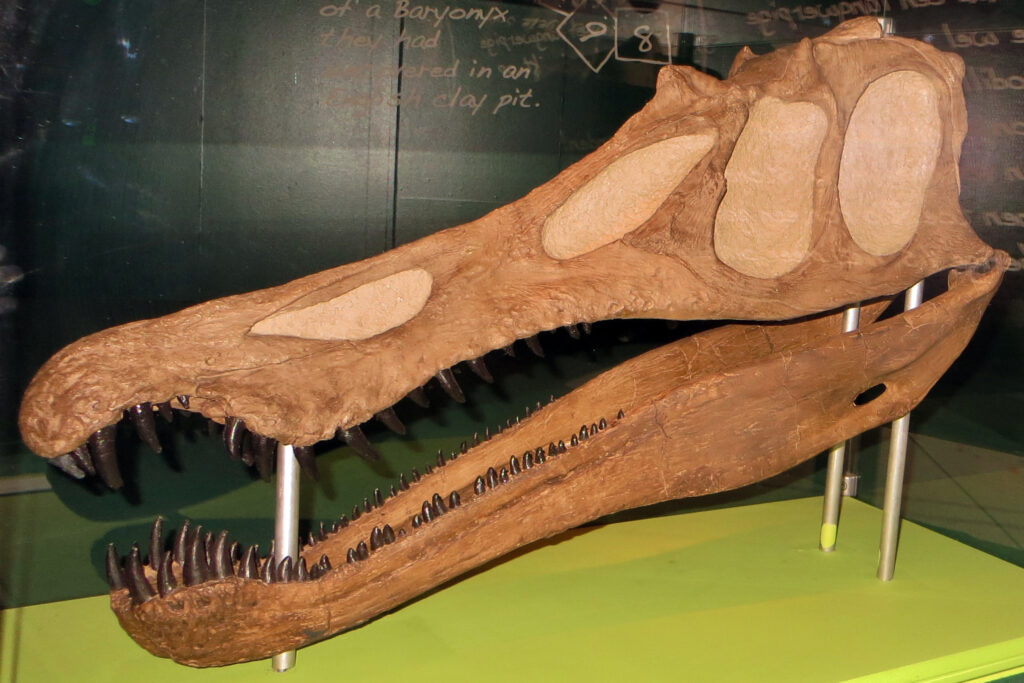
Throughout her career at the Natural History Museum in London, Milner distinguished herself not only as a researcher but as a dedicated curator. She oversaw the transformation of the museum’s dinosaur galleries, insisting on scientifically accurate representations that incorporated the latest research findings. Her curatorial philosophy emphasized accessibility without sacrificing scientific integrity, creating exhibitions that engaged visitors while conveying accurate information. Milner played a crucial role in preserving Britain’s paleontological heritage, developing improved storage and conservation methods for fossil specimens. She instituted rigorous cataloging systems that made the museum’s extensive collections more accessible to researchers worldwide. Under her guidance, the Natural History Museum’s paleontology department strengthened its position as a world-leading research institution while simultaneously expanding its public education mission.
Public Communication and Educational Impact
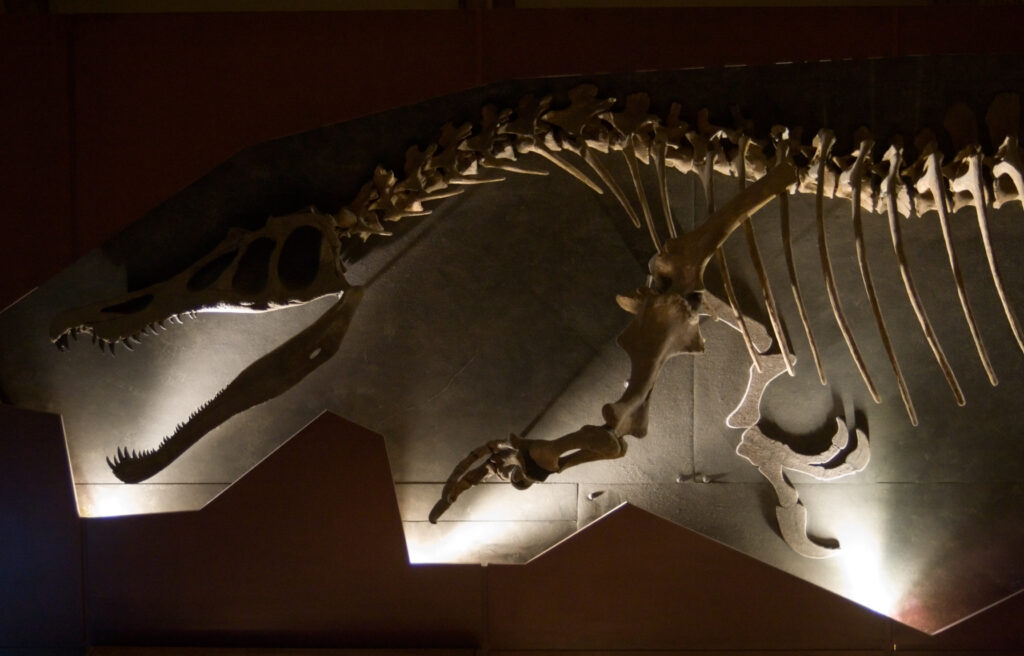
Milner recognized early in her career the importance of communicating science to the public, particularly in generating enthusiasm for paleontology among young people. She regularly participated in television documentaries about dinosaurs, offering expert commentary that translated complex scientific concepts into accessible explanations. Her public lectures drew large audiences, combining scholarly rigor with engaging delivery that captivated listeners of all ages. Milner contributed to numerous popular books about dinosaurs, ensuring they maintained scientific accuracy while stimulating imagination. She developed educational programs for the Natural History Museum that allowed schoolchildren to experience the excitement of fossil discovery through hands-on activities. Her ability to convey scientific information without condescension made her a particularly effective ambassador for paleontology during the dinosaur renaissance of the 1980s and 1990s.
Legacy for Women in Paleontology
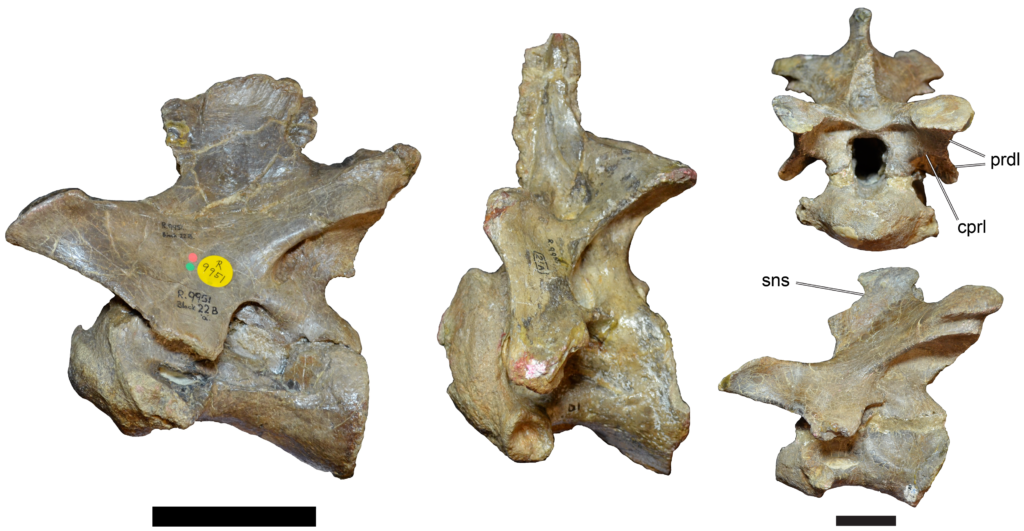
Although Milner never explicitly positioned herself as a feminist pioneer, her success in a traditionally male-dominated field created pathways for subsequent generations of female paleontologists. Young women entering the field found in Milner a role model who demonstrated that scientific excellence transcended gender barriers. Her mentorship of female graduate students and early-career researchers helped address the significant gender imbalance in vertebrate paleontology. By the time of her retirement, Milner had witnessed a substantial increase in female participation in dinosaur research, a transformation she helped facilitate. Her approach emphasized that field excavations and technical analysis were skills acquired through training and experience rather than determined by gender. The increasing normalization of women leading major paleontological projects owes much to trailblazers like Milne, who demonstrated unquestionable scientific authority in previously male-dominated spaces.
The Continuing Baryonyx Story

The scientific significance of Baryonyx has only grown in the decades since its discovery, with Milner continuing to contribute to research on the specimen throughout her career. The identification of related spinosaurids in Europe, Africa, South America, and Asia confirmed Milner’s early hypothesis about the group’s wide distribution. New technologies have allowed researchers to build upon Milner’s foundational work, using isotope analysis to further confirm the dinosaur’s fish-heavy diet. The specimen remains one of the Natural History Museum’s most important dinosaur fossils, continuing to attract researchers from around the world. Milner’s meticulous documentation of the discovery context and her comprehensive analysis established a standard for future spinosaurid research. The Baryonyx specimen continues to feature prominently in exhibitions about dinosaur diversity, serving as a tangible connection to Milner’s scientific legacy.
Personal Approach to Science

Colleagues consistently described Milner’s approach to paleontology as characterized by meticulous attention to detail combined with creative thinking about larger evolutionary questions. She maintained a humble demeanor despite her significant accomplishments, prioritizing scientific advancement over personal recognition. Milner approached scientific disagreements with intellectual generosity, willing to consider alternative interpretations while defending her conclusions with well-researched evidence. Her office at the Natural History Museum became known as a welcoming space where visiting researchers could discuss ideas and receive thoughtful feedback on their work. She balanced her passionate enthusiasm for paleontology with rigorous scientific methodology that resisted overinterpretation or sensationalism. This combination of scientific discipline with genuine wonder at the natural world made Milner not only an accomplished researcher but an inspiring scientific presence.
Later Career and Scientific Recognition
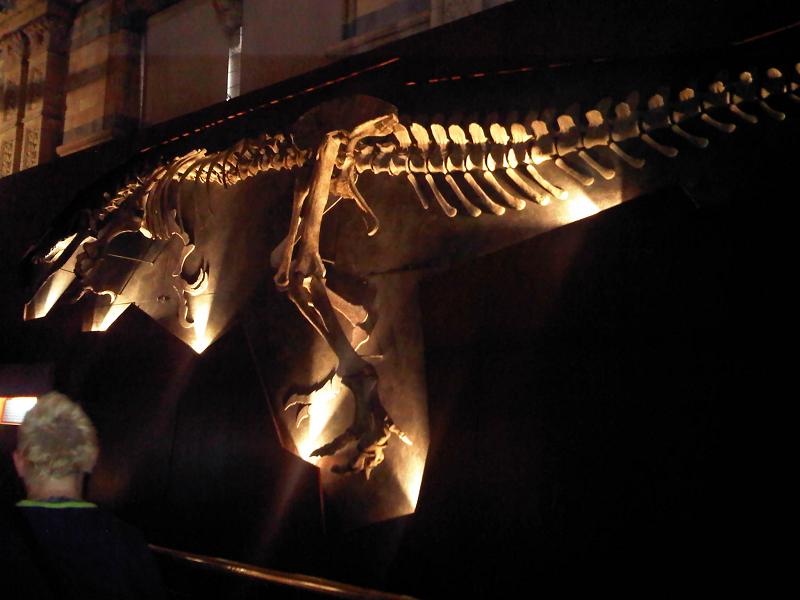
In her later career, Milner received increasing recognition for her lifetime contributions to paleontology. She was awarded an honorary doctorate from the University of Birmingham in recognition of her scientific achievements and public engagement efforts. The Palaeontographical Society elected her as president in 2003, acknowledging her significant contributions to British paleontology. Before her retirement in 2009, Milner had risen to the position of Associate Keeper of Palaeontology at the Natural History Museum, overseeing its world-class collections. Her research continued well into retirement, collaborating with international colleagues on various theropod studies. Following her passing in August 2021 at age 73, the paleontological community mourned the loss of an exceptional scientist whose work had fundamentally advanced our understanding of dinosaur evolution and diversity.
Angela Milner’s Legacy in Paleontology and the Impact of Baryonyx
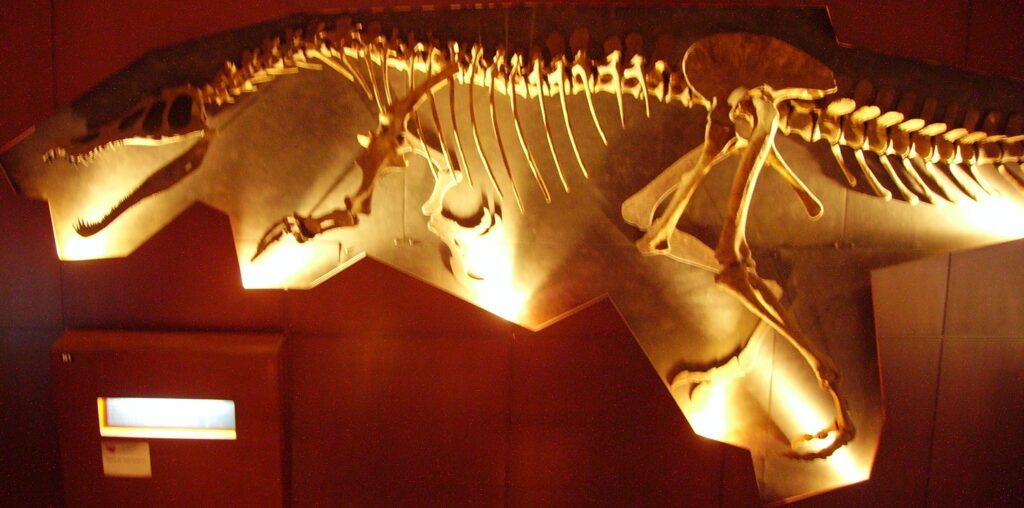
Angela Milner’s career exemplifies how a single significant discovery, approached with scientific rigor and contextual understanding, can transform our knowledge of prehistoric life. Her work with Baryonyx walkeri opened new chapters in dinosaur research, establishing connections between dinosaur lineages and expanding our understanding of theropod diversity. Beyond the specimen itself, Milner’s legacy encompasses her contributions to museum science, public education, and the advancement of women in paleontology. While she never sought the spotlight, her methodical research and leadership quietly revolutionized British paleontology. For future generations of fossil hunters and researchers, Angela Milner stands as a model of scientific excellence, e—demonstrating how careful observation, analytical thinking, and collaborative research can unlock the secrets of Earth’s distant past.

